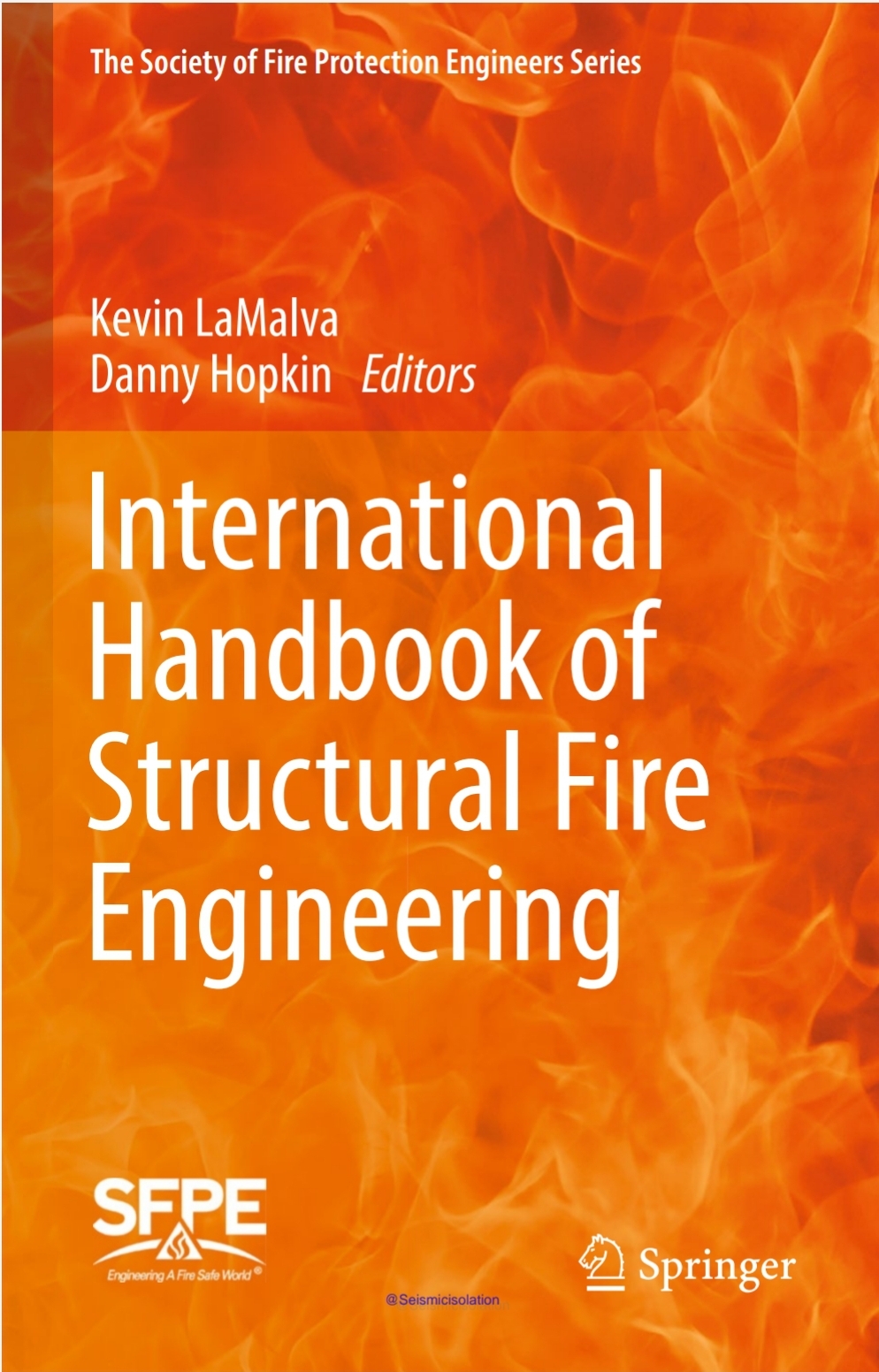International Handbook of Structural Fire Engineering
The Handbook and Target Audience
This handbook is intended to provide the readers with an understanding of structural performance in the event of fire. It has been written to mirror the anticipated workflow of a structural (fire) engineering consultancy by encouraging consideration of project goals, likely fires that might develop, manifestation and estimation of thermal boundary conditions and structural element temperatures, and material and element response to heating. Separate chapters are provided in support of specific considerations, namely for those interested in reliability-based analysis of structures in the event of fire, advanced calculation methods for fire-exposed structures, and inspection/reinstatement of fire-damaged structures. The handbook has called upon the input of global experts to deliver a resource that brings together a significant volume of material on the topic of structural performance in the event of fire. The book is primarily written for practicing consulting engineers. However, it is foreseen that it can be a useful resource for students of structural engineering who wish to develop a deeper understanding of structural performance in the event of fire, as well as building authorities to assist with review of such alternative designs.
The coverage of fire science and fire safety engineering in this handbook is limited, with readers encouraged to review alternative established texts in this space, such as the SFPE Handbook [1] and Drysdale [2].
Sweeping and highly destructive built environment fires are now infrequent. However, this was not always the case, with, for example, the United States suffering on average one conflagration per annum in the nineteenth century [3]. To the layman,this change in fortunes is likely attributed to improvements in firefighting and fire prevention. Whilst being important factors, these have not been the sole consider- ations in a downturn in both sweeping and destructive building fires. The nature of the building stock and their design has played a part since the emergence of so-called fireproof materials and practices [3] which has served to both reduce damage and mitigate fire spread.
In the built environment as we experience today, building codes and regulations around the world typically impose minimum construction requirements intended to provide satisfactory structural performance in the event of fire, under a life safety purview. Even those cases, e.g., single-family dwellings, where the fire-induced structural failure consequences are limited, there may be an expectation of some structural robustness in the event of fire. The common vocabulary in this regard has centered on structural fire resistance which, on the one hand, could be said to have broad meaning, i.e., “the power not to be affected by something” (in this case, fire) (Oxford [4]), but on the other has grown to have a specific definition, as given in numerous testing codes and standards, e.g., EN 13501-2 [5]. The emergence of the fire-resistive principle is covered in greater detail in Chap. 2. The form of these regulatory obligations enacted through codes and regulations varies between jurisdictions, but in general terms can be conveyed.
DOWNLOAD :- HERE
